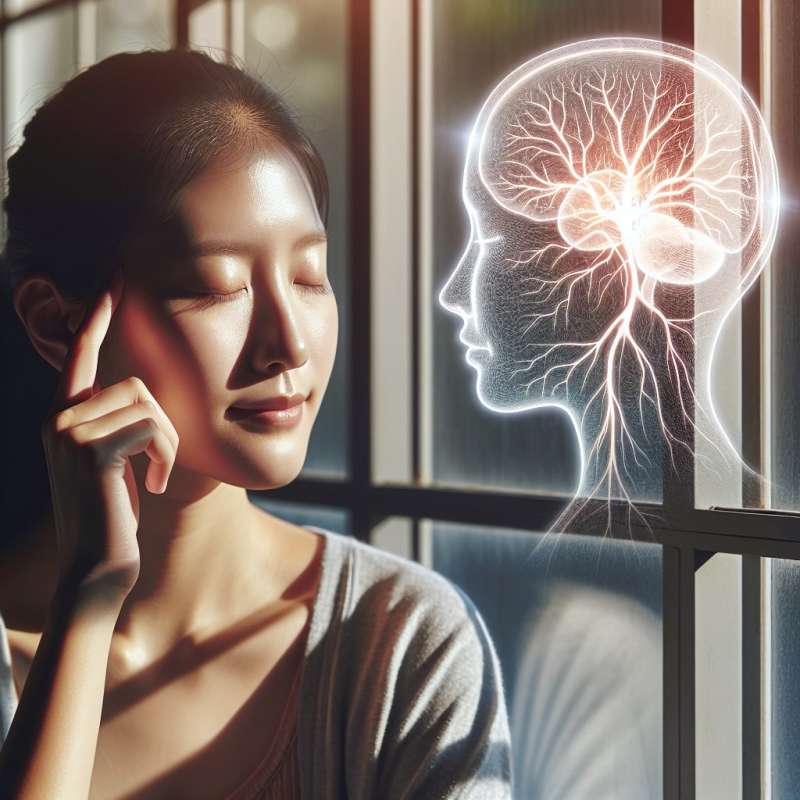
Brain Feels No Pain
Contrary to common belief, the brain itself cannot feel pain. It lacks pain receptors known as nociceptors, which are present in other body parts to detect damage or injury.
Headache: Misinterpreted Signals
Headaches are often thought to be brain pain, but they're caused by activation of pain-sensitive structures around the brain such as blood vessels, membranes, and cranial nerves.
Brain's Role in Pain
While the brain can't feel pain directly, it plays a crucial role in processing and interpreting pain signals from the rest of the body, essentially 'mapping' the sensation of pain.
Phantom Headache Mysteries
Phantom headaches in amputees suggest that pain is sometimes a construct of the brain, which continues to 'feel' pain in absent body parts, demonstrating the brain's powerful influence over pain perception.
Surgery Without Discomfort
Brain surgery can be performed while the patient is awake without causing pain, allowing surgeons to interact with the patient to ensure vital brain functions remain unaffected.
Emotional Pain Overlap
Brain imaging studies reveal that emotional and physical pain share similar neural circuits. The anterior cingulate cortex is activated during experiences of both emotional distress and physical pain.
Pain: A Protective Mechanism
Pain perception is an evolutionary development designed to protect the body. It's a warning signal for harm or potential damage, prompting us to take action to prevent injury.
Can the brain feel pain directly?
Yes, like any body part.
No, it lacks nociceptors.
Only during headaches.
Company